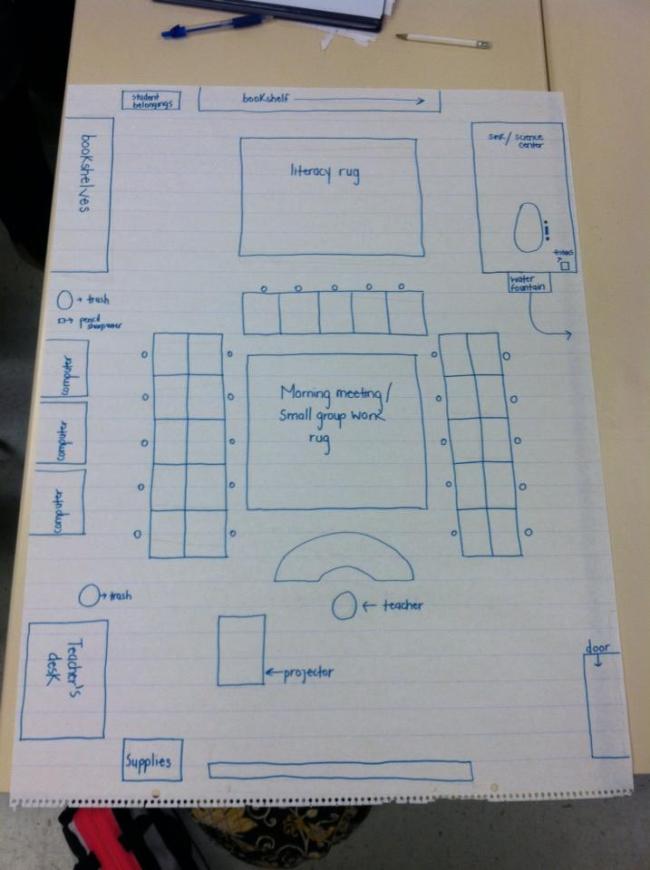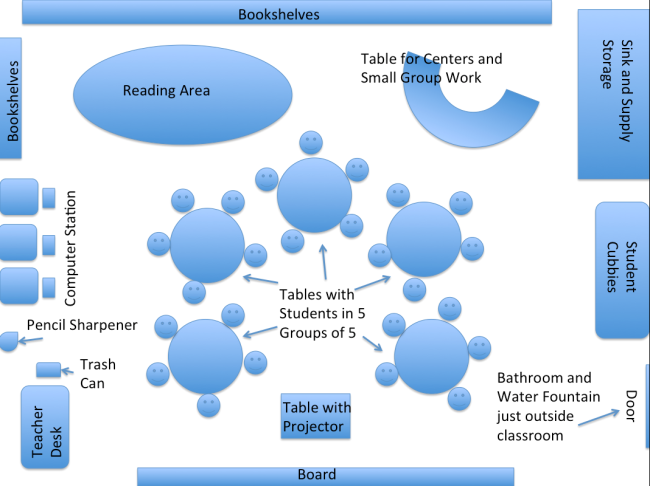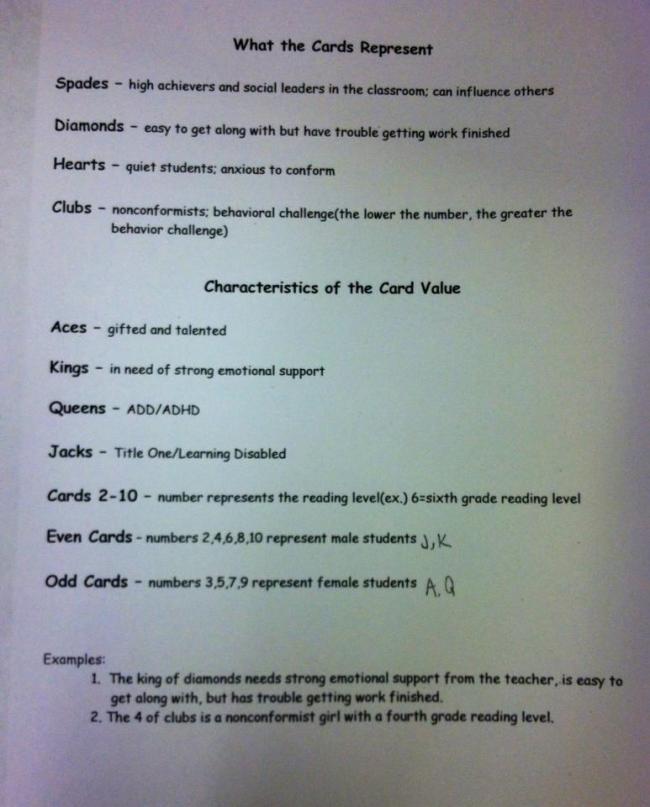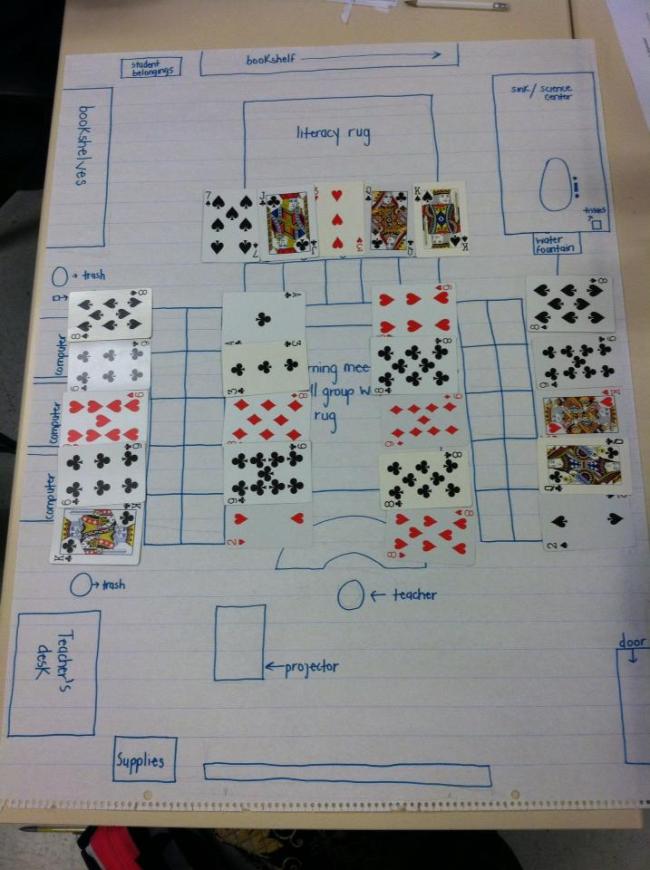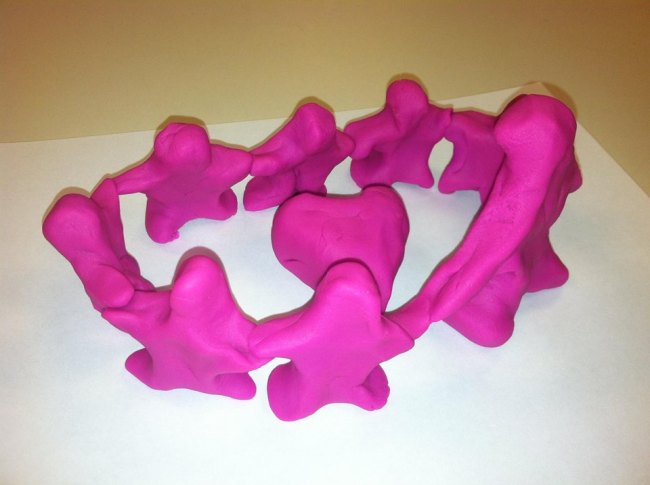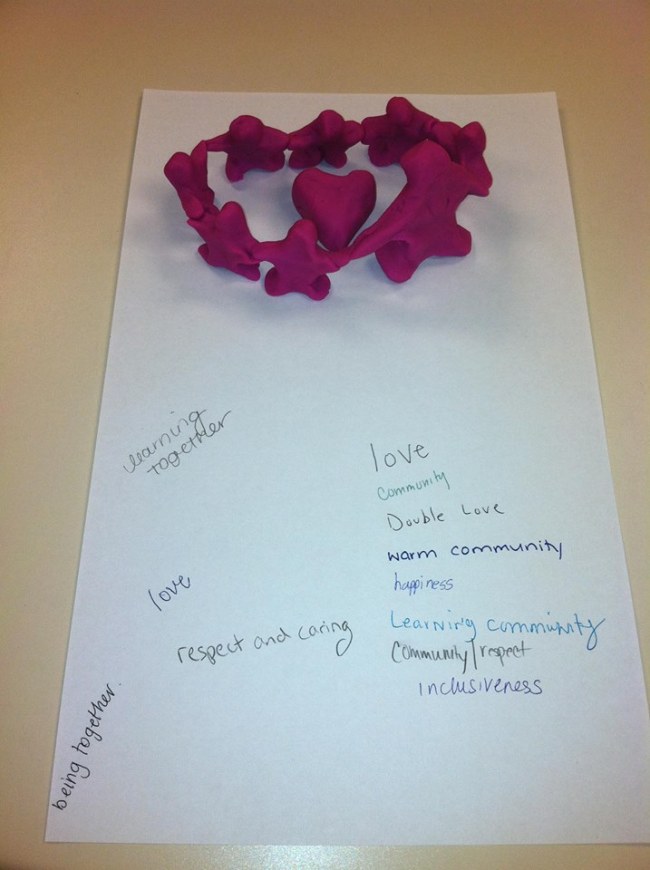This is the first blog post of my final semester in the MAT program!
This week was my first week of final internship. The classroom I’m in is a fifth grade classroom that is self-contained, so I am excited at the prospect of getting to teach lessons in all of the subjects. Since this is a new school and classroom for me, I have been spending the week familiarizing myself with the school community and getting to know a bit about the students. This week there were three days in a row of testing, so the schedule was not the norm, but the collaborating teacher I have been placed with is excellent and she has been extremely helpful in trying to get me up to speed on everything.
Last semester, I feel that I was really able to practice creating lesson plans that the students in my practicum classroom found engaging. Going into this semester, I want to continue to develop this as well as focus more on my classroom management and methods of assessing student learning.
In what I have observed this week, I have already begun to learn things that will be helpful to remember in terms of classroom management as I begin to take over more responsibility in the classroom. Especially because these students do not switch to another classroom halfway through the day, frequent stretch breaks become an important part of getting the kids up and moving every so often to keep them more focused during lessons. Teacher-directed P.E. for good behavior twice each week also serves as a motivating factor for getting work done as well as an opportunity for the kids to get time outside on days they don’t have P.E. for specials. Sporadic use of positive reinforcement during lessons, be it verbal or physical (candy, tickets, etc.), proves to be an effective practice for keeping students on task and reminding them of what they are expected to do. Proportionally there is much more positive reinforcement in the classroom than anything else. High, clear expectations and specific, positive reinforcement go hand-in-hand. I’m also seeing fun attention-getters and useful teacher talk that contribute to effective classroom management. For example, with a student that is off-task, rather than scolding the student or questioning the behavior, the teacher may simply ask, “How can I help you to be successful right now?” To contextualize, this was said to a student who frequently has trouble with participating in class as expected and the phrasing here was part of a process of helping this student to make better choices while avoiding escalating the situation. During lessons, accountable talk is also important, such as having students ask each other clarifying questions if another student answers a teacher’s question with a response that is vague or unclear. Students were also asked to give a thumb-up or thumbs-down if they agreed or disagreed with something a classmate said.
In terms of assessing student learning, I have become more familiar now with running records as a method of tracking student reading progress in things such as fluency, comprehension, accuracy, and expression. In addition, the students did FAIR testing for the second time this year and I was able to see how comparing the results from last time with the current results indicated areas that the teacher would focus on more moving forward. For example, with this group there was great progress in syntactic knowledge, but not so much in vocabulary and reading comprehension. Also for individual students, the information was valuable for identifying who may need to be pulled in small groups. Of course this type of data is not the only point upon which such decisions are made, but it was nice to see how teachers could use the results of these tests to inform instruction in such a practical way.
